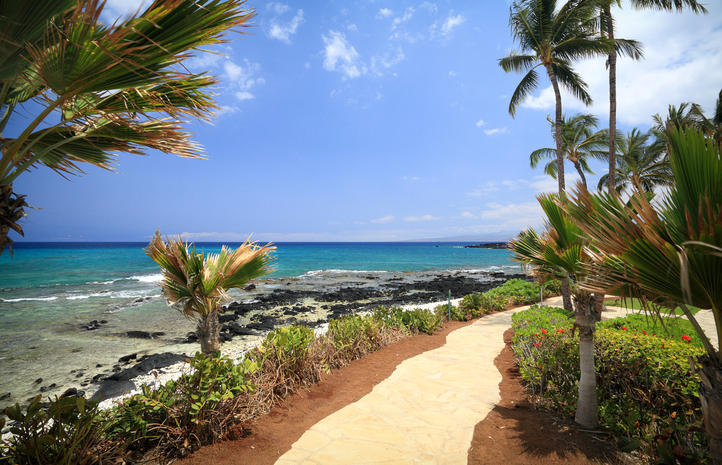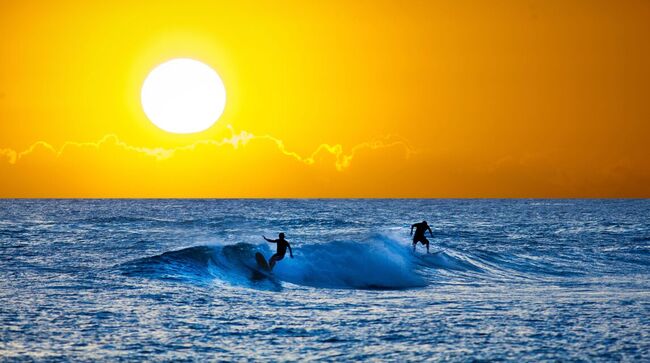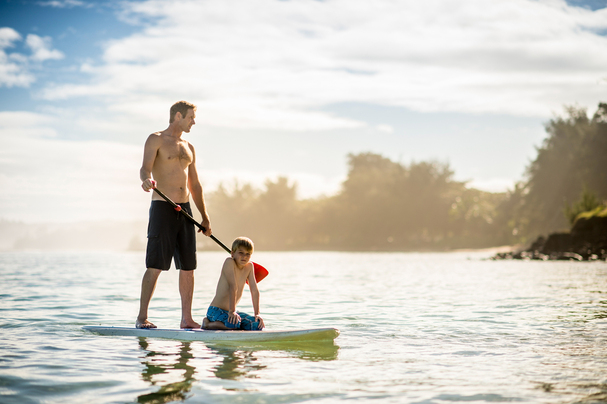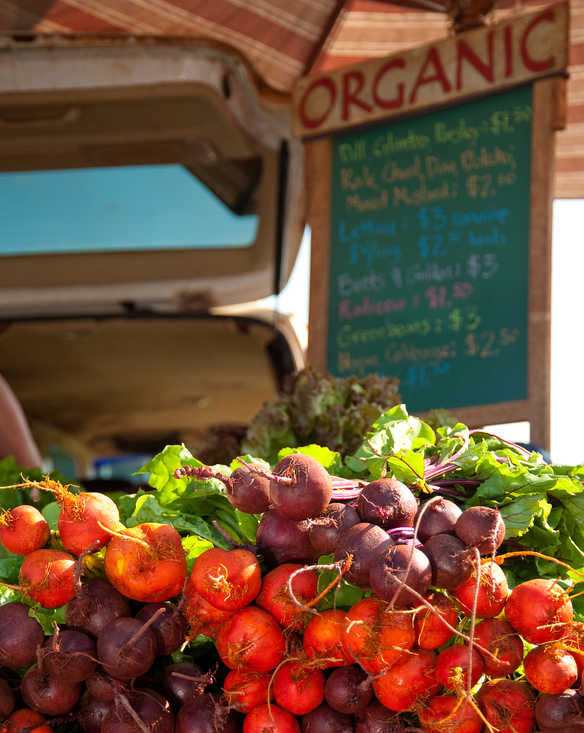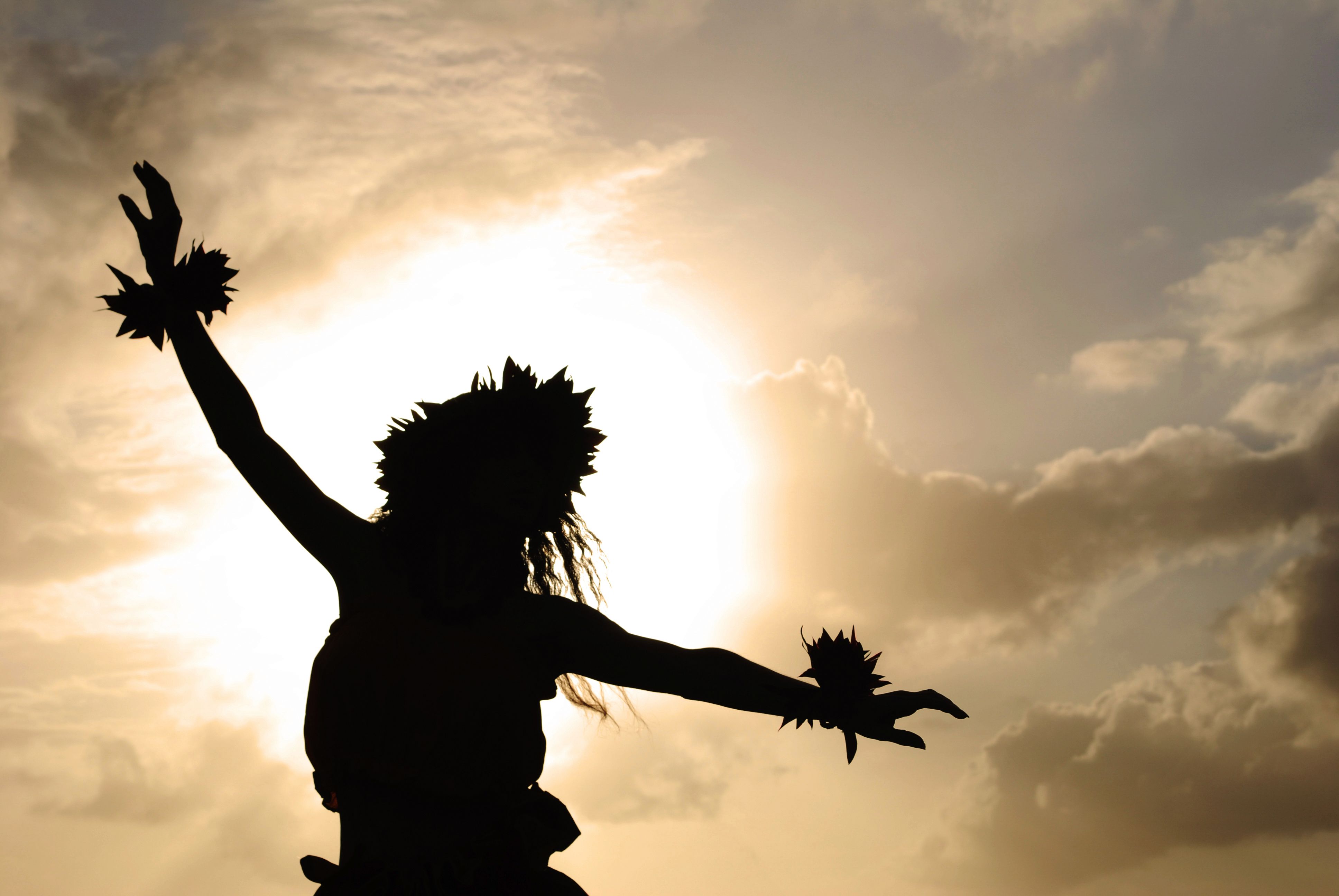When is the Best time to visit Hawaii?
If you’re planning a trip to Hawai’i, rest assured that any time is an excellent time to visit the islands, as there are no major seasonal changes here. While the climate is tropical and sunshine abounds, there are slight differences, however, in temperature, precipitation, crowds, and activities, depending on when you visit. To make a more informed decision about the best time of year to plan your Hawai’i vacation, keep reading.
Summer
Long, lazy days full of sunshine and memorable experiences define summer in Hawai’i. No matter which island you choose for you Hawai’i vacation, you’ll be delighted to find festivals and outdoor events to attend.
June ushers in balmier weather, and the rain tapers off, making outdoor activities the highlight of the month. Along with hitting the beaches and hiking trails, you can also attend the Maui Film Festival if you’re on the island at the end of June or beginning of July. Held annually, the Maui Film Festival produces a moonlit cinematic experience under-the-stars.
Or plan your trip around King Kamehameha Day on June 11th. Every year, a floral parade is held at various locations throughout Hawai’i, including the Oahu parade that begins at the Iolani Palace.
There are several celebrations on the Big Island as well, including Kailua-Kona’s King Kamehameha Day Celebration Parade and Hoʻolauleʻa. There are also lei draping ceremonies at the King Kamehameha I statues in Hilo and in North Kohala.
Saddle up, because July is rodeo season in Hawai’i! Enjoy Maui’s Makawao Rodeo and Paniolo Parade, an upcountry tradition that includes bull riding, steer chasing, horse racing, and more. Or celebrate Waimea’s ranching culture and heritage at the 4th of July Parker Ranch Horse Races and Rodeo before heading to Kona for fireworks at the pier.
August means it’s the south-facing shores’ turn for big wave surfing at popular spots like Poʻipu on Kauaʻi. There’s even a weeklong surfing festival, the annual Duke’s OceanFest, to honor surfing legend Duke Kahanamoku. Festivities include surf contests, stand-up paddling, and Hawaii’s only dog surfing competition.
Keep in mind that schools are out on summer break, making this a peak season for traveling to Hawai’i. If you are planning a summer vacation to any of the islands, book your vacation rental sooner than later.
Fall
In Hawai’i, fall means fewer crowds, but don’t blame the weather! Although it’s technically the slower season for travel, temperatures generally hover around 85°F, which is good news for anyone who plans a Hawai’i vacation in September, October, or early November.
If you travel to Hawai’i in September, get ready to experience the Aloha Festivals, a statewide showcase of Hawaii’s multi-ethnic diversity attended by over a million people across the state. Held on six major Hawaiian Islands, the premier cultural festivals feature more than 100 events, including block parties, parades, and cultural demonstrations, to name a few.
September is also the unofficial start of race season for Hawai’i, starting with the Hawaiian Airlines Na Wahine O Ke Kai and ending with the Honolulu Marathon in December. Na Wahine O Ke Kai is a grueling outrigger canoe race for women that starts at Hale O Lono Harbor on Molokai and ends at the Hilton Hawaiian Village. The 41-mile paddling race runs through the Ka‘iwi Channel, an expansive body of water that is extremely challenging and dangerous to cross.
In October, the men have their chance to test their mettle against the Ka‘iwi Channel at the Hawaiian Airlines Molokai Hoe. Every year, this race attracts over 1,000 paddlers and more than 100 crews. If you happen to be on Oahu when either of these races are culminating, you can’t miss seeing the paddlers finish their journey at the Hilton’s beachfront in Waikiki.
Over on Hawai’i Island, the display of ultimate athleticism continues with the Ironman World Championship. Regarded as the most extreme test of mental and physical endurance and tenacity, the race is the culmination of a series of worldwide Ironman triathlon qualification races.
Winter
Thanksgiving weekend marks the start of the holidays and Hawaii’s prime travel season. It’s the ideal time to escape to the sunshine and sandy beaches of the islands. Starting in November kohola (humpback whales) begin their annual migration from Alaska to Hawai’i to breed, birth, and nurse their calves. Seeing these gentle giants spout and splash in the waves is sure to take your breath away.
The winter is also one of the best times to shop at the farmers’ markets. From avocados to juicy lychee, you’ve never tasted fresher tropical fruit, often hand-picked from the farmers you’ll meet at the markets. For java enthusiasts, November is a fantastic time to visit the Big Island of Hawai’i. Attend the Kona Coffee Cultural Festival and spend the day celebrating Kona’s cultural heritage and the accomplishments of Kona coffee farmers with live entertainment, arts and crafts, educational and historic exhibits, and more.
Hawaii’s rainy season also happens to begin in November and lasts through March. Showers, however, are typically localized and brief. Don’t let a little rain ruin your vacation - Instead, head to Honolulu’s Kids City or Kapolei’s Hawaii Children’s Discovery Center in Kakaʻako if you’re on Oahu and have young children that would enjoy an indoor playground.
The same winter storms in the Pacific that drive the rain into Hawai’i also churn up some massive ocean swells on the islands’ north-facing shores and attract professional surfers who flock to the monster waves. Oahu’s North Shore is the epicenter of all the contests, including the Eddie Aikau Big Wave Invitational and the Triple Crown of Surfing. Both events are incredibly exciting to watch - Just don’t attempt to get in and ride the waves when the surf’s up. Unless you’re a pro, spectate from the shore for your own safety.
If you prefer sports on dry land, December is marathon season on Oahu. The Start to Park 10k and Honolulu Marathon draw thousands of runners from all over the world to the streets of Waikiki, making it the fifth-largest marathon in the world. As you can see, there’s plenty for visitors to Hawai’i in the winter. Late December into January is also the busiest and hotels are often at max capacity, so consider booking a Hawai’i vacation rental and avoiding the crowds.
Spring
If you prefer to have the beaches, trails, parks, and popular attractions to yourself, consider visiting Hawai’i in the spring. With the exception of spring and Easter breaks and the consequent flood of visitors who spend those breaks on the islands, spring can be a slower time of year for travel.
That doesn’t mean there isn’t an abundance of to see and do though! March means the Kona Brewers Festival on Hawai’i Island, as well as the Merrie Monarch Festival. Often touted as the Super Bowl of hula, the week-long festival celebrates Hawaiian culture through crafts, storytelling, song, and of course hula.
You’re in for a treat if you happen to be in Hawai’i on May 1st. May Day is Lei Day in Hawai’i and across Hawai’i, residents and visitors alike adorn themselves in colorful lei and share the aloha spirit with lei-making demonstrations, lei contests, hula performances, and more.
The spring is a wonderful season for nature lovers to explore Hawaii Volcanoes National Park if you’re on the Big Island. The park consists of more than 330,000 acres that include rainforest, so pack your rain gear in case of a shower. Animal lovers can also visit Hilo’s Panaʻewa Rainforest Zoo & Gardens while on the island. Or head to the Honolulu Zoo, which is the largest in Hawai’i, if you’re Oahu bound.
Book A Comfortable Rental
Year-round sunshine, tropical vibes, cultural festivals, and an array of celebrations and attractions are just a few of the reasons that there is no bad time to visit Hawai’i. The best time for your visit is when your favorite Hawai’i event is in full swing. Let us help you find a Hawai’i vacation rental that gets you close to all the excitement. To find your perfect Hawai’i Life rental, contact us today!
Vacations@HawaiiLife.com | 855.447.3685

